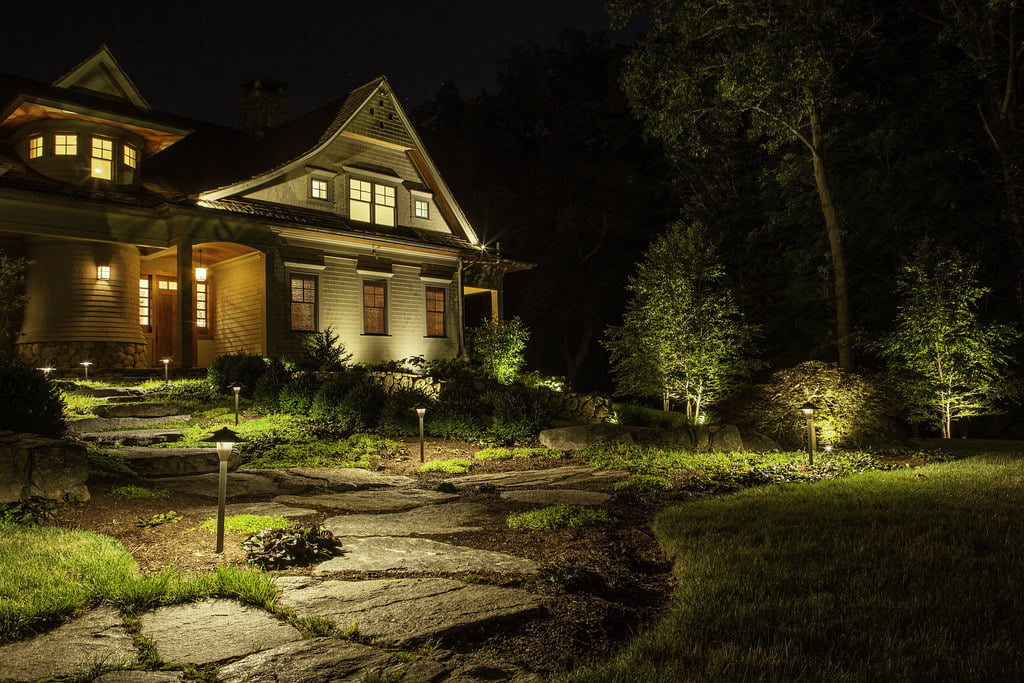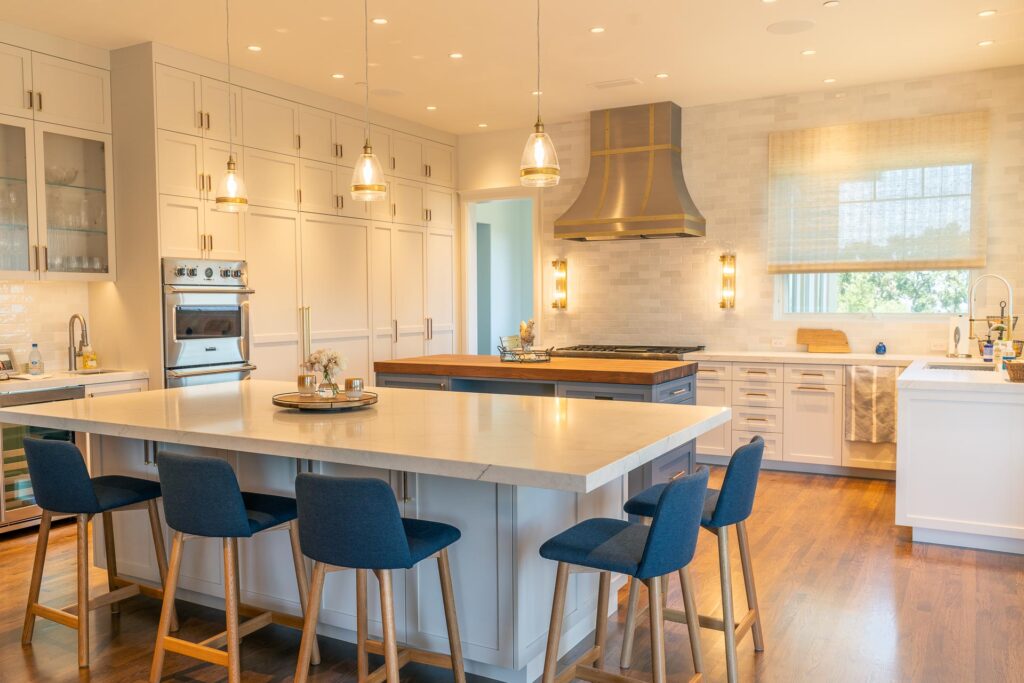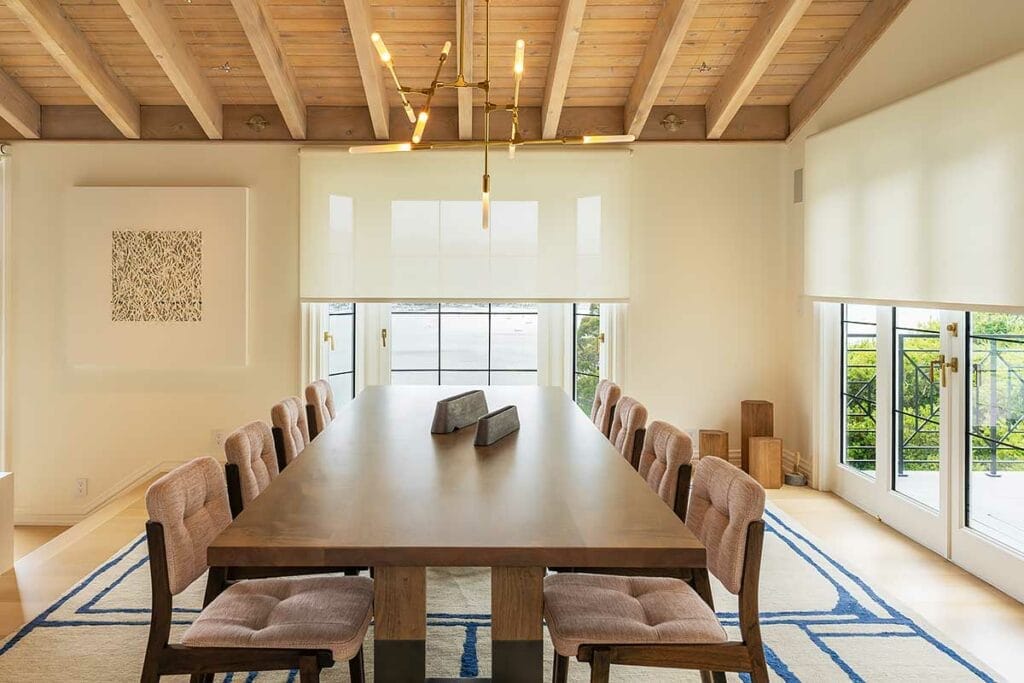Lighting a wall is an easy way to make a space feel big and spacious and eliminate that creepy “cave effect” a home can have with dark walls. However, there are a few different techniques you can use to illuminate your wall to give it a unique aesthetic. In this article, we’ll review the three most common ways to light a wall: wall washing, scalloping and grazing. Each of these create a unique aesthetic that can change the look and feel of your space.
Wall Washing: Flattening Out the Space

Wall washing is one of the most popular wall lighting techniques to illuminate the walls. It is the easiest method to create a polished look. Wall washing is made by having wide diffusion beam light fixtures more than 12 inches from the wall. The aim is to achieve uniform illumination from top to bottom, resulting in even light distribution without intense shadows. The soft, uniform ambient light creates a clean and visually appealing environment. It is implemented when you want the benefits of a lit wall but want it to melt into the background and enhance the room’s overall aesthetic instead of becoming a focal point.
Wall Scalloping: Adding Visual Interest

While wall washing was meant to disappear into the background, wall scalloping is intended to add some visual interest to your vertical space. By uniquely aiming and positioning the lights by the wall, the curvature of the light fixture’s beam is projected onto the wall. This creates a unique, wavy pattern similar to the edge of a scallop. Although it’s not meant to be a focal point, wall scalloping adds a design element to your wall and adds to your space’s ambiance.
Wall Grazing: Creating a Focal Point of Textures and Details

While the other two wall lighting methods are supposed to blend into the background, wall grazing is meant to be a focal point. Wall grazing lights are placed within 12” of the wall and provide intense light against the wall. It is best used in combination with a textured wall. The direct lighting from the wall grazing emphasizes the details in imperfect/textured walls like brick, stone or artistically-designed walls. When combined with a textured wall, this dramatic effect makes the wall a focal point in the space. Wall grazing is commonly used on the exterior of homes or walls made of brick or stone to add presence to the exterior walls.
Which Wall Lighting Method is Best?
While there is no right or wrong choice, most spaces are best suited for wall washing or scalloping. Choosing between the two is a personal choice. Wall grazing may be best suited for more minimalist areas, while wall scalloping may best fit spaces with more design elements. In either event, it may be best to consult with a lighting designer or your interior designer. However, if you want to do something architecturally unique with your wall, wall grazing will create a memorable feature in your home that highlights the unique characteristics of your space.
If you need help determining the best lighting plan that can elevate your space, give Lighting by Design a call at 415-883-7700. Together, we can create a lighting plan that fits you and your home lifestyle.




